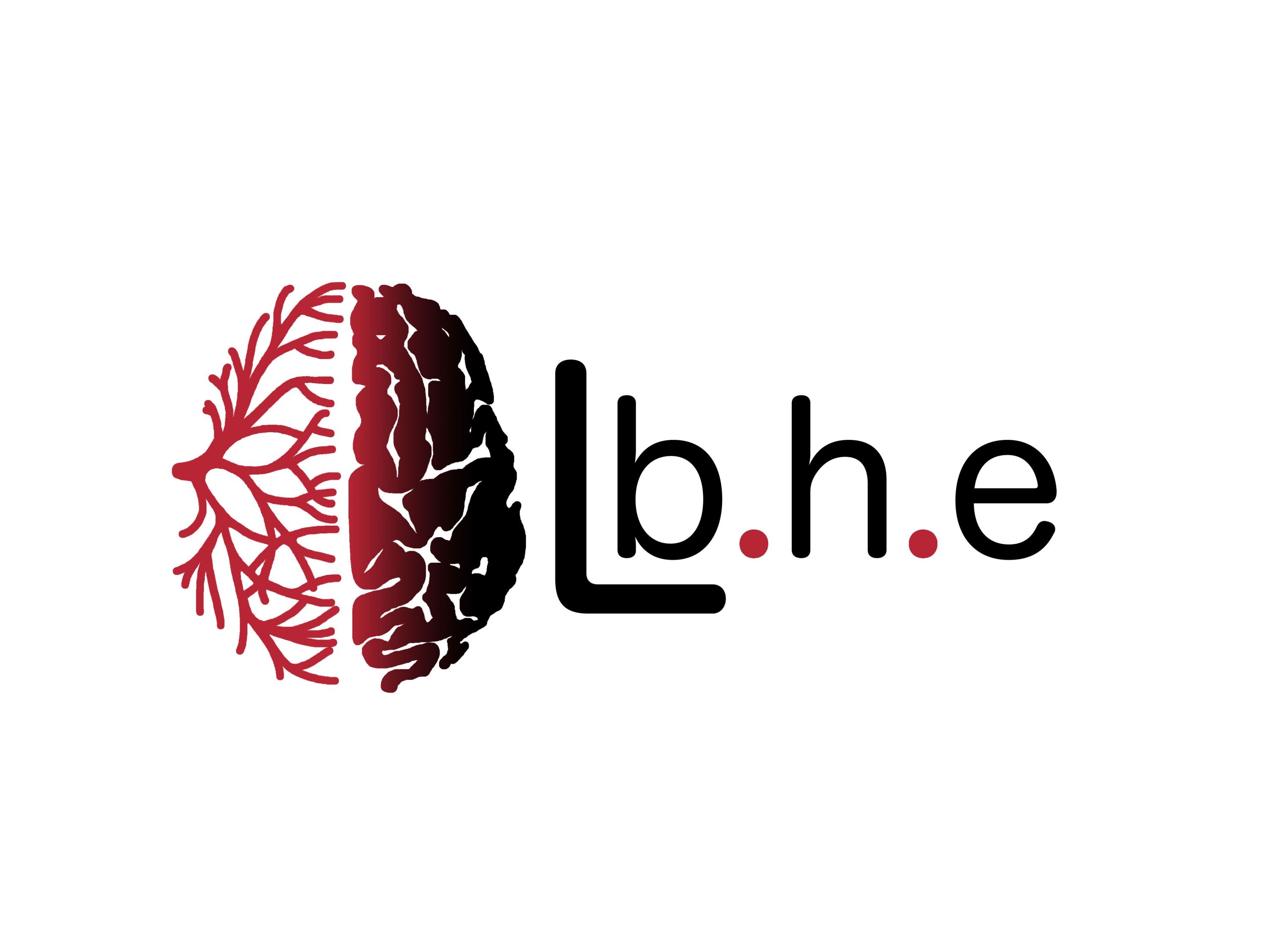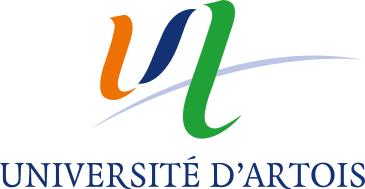-
Health and Nutrition
Blood-Brain Barrier Laboratory (LBHE)
Research unit - UR 2465
The Blood-Brain Barrier Laboratory (LBHE) develops and optimizes animal (bovine, rat, mouse) and human (stem cell or iPSCs) models of BHE to:
- study the physiology and integrity of the BBB and the intercommunications between cells of the central nervous system (CNS),
- to better understand the role of this barrier in neurodegenerative diseases and in the development of cancers or metastases within the CNS,
- to predict brain distribution and toxicity of new chemical and biological entities (antibodies, proteins, etc.),
- to develop new approaches or molecules in order to deliver therapeutic agents to the CNS (nanoparticles, etc.),
- identify the mechanisms of infection of the CNS by microorganisms (viruses, bacteria, etc.),
For more than 30 years, we have been working closely with many other academic teams but also with private sector companies (research services, CIFRE, research contracts, licenses, etc.). Our Mass Spectrometry (SMART) platform allows us to offer molecular analysis solutions to our various partners.
-
Fabien Gosselet
Director
Rue Jean Souvraz
UFR des Sciences Perrin
62308 LENS

Effectif
Effectif total : 28
Personnel de recherche : 10
Personnel d'appui à la recherche : 8
Skills
• Use these models to study cell intercommunications, predict the brain toxicity of molecules, or measure their velocity to the brain compartment.
• Role of blood-brain barrier in neurodegenerative diseases (Alzheimer’s disease, Parkinson’s disease, multiple sclerosis, etc.), influence of polluting, environmental, and dietary factors on BBB permeability and physiology.
• Dosage of molecules in buffer or physiological solutions.
• Proteomic studies of cell cultures.
Example(s) of projects
• Miniaturization and optimization of this human model to fit high throughput screening (HTS): 🡭
• Development of a blood-tumour barrier model for glioblastoma vascular studies: 🡭
• Molecule interaction studies with efflux pumps expressed by physiological barriers: 🡭
• Demonstrated influence of diet on the physiology of BBB and in Alzheimer’s disease: 🡭
Example(s) of publications
Moya ELJ, Vandenhaute E, Rizzi E, Boucau M-C, Hachani J, Maubon N, Gosselet F, Dehouck M-P.
Pharmaceutics. 2021 Jun 16;13(6):892. 🡭
• Evaluation of a human iPSC-derived BBB model for repeated dose toxicity testing with cyclosporine A as model compound.
Wellens S, Dehouck L, Chandrasekaran V, Singh P, Loiola RA, Sevin E, Exner T, Paul J, Gosselet F, Culot M.
Toxicol In Vitro. 2021 Feb 22:105112. 🡭
• Contribution of brain pericytes in blood-brain barrier formation and maintenance: a transcriptomic study of cocultured human endothelial cells derived from hematopoietic stem cells.
Heymans M, Figueiredo R, Dehouck L, Francisco D, Sano Y, Shimizu F, Kanda T, Bruggmann R, Engelhardt B, Winter P, Gosselet F, Culot M.
Fluids Barriers CNS. 2020 Jul 28;17(1):48. 🡭
• Development of a human in vitro blood-brain tumor barrier model of diffuse intrinsic pontine glioma to better understand the chemoresistance.
Deligne C, Hachani J, Duban-Deweer S, Meignan S, Leblond P, Carcaboso AM, Sano Y, Shimizu F, Kanda T, Gosselet F, Dehouck MP, Mysiorek C.
Fluids Barriers CNS. 2020 Jun 2;17(1):37. 🡭
• GM1 Oligosaccharide Crosses the Human Blood-Brain Barrier In Vitro by a Paracellular Route.
Di Biase E, Lunghi G, Maggioni M, Fazzari M, Pomè DY, Loberto N, Ciampa MG, Fato P, Mauri L, Sevin E, Sonnino S, Chiricozzi E, Gosselet F
Int J Mol Sci. 2020 Apr 19;21(8):E2858. 🡭
• Secretome of endothelial progenitor cells from stroke patients promotes endothelial barrier tightness and protects against hypoxia-induced vascular leakage.
Loiola RA, García-Gabilondo M, Grayston A, Bugno P, Kowalska A, Duban-Deweer S, Rizzi E, Hachani J, Sano Y, Shimizu F, Kanda T, Mysiorek C, Mazurek MP, Rosell A, Gosselet F. Stem Cell Res Ther. 2021 Oct 26;12(1):552. doi: 10.1186/s13287-021-02608-y. PMID: 34702368. 🡭
Collaborations/Partners/Scientific clients
Applications sectors
- Science / Research
Services provided
• Molecule assay or cell culture proteomic profile.
Training offers
Consulting services
Biological materials
Affiliated institutions / organisations
Groups/Networks/Federations
Doctoral schools
Competitive cluster
Regional strategic areas of activity
- Health and Nutrition

